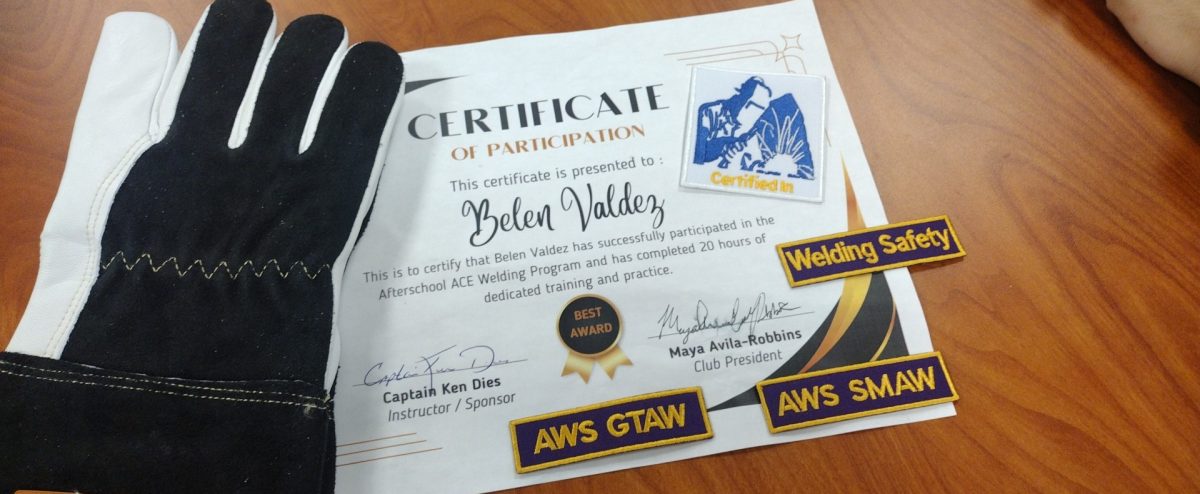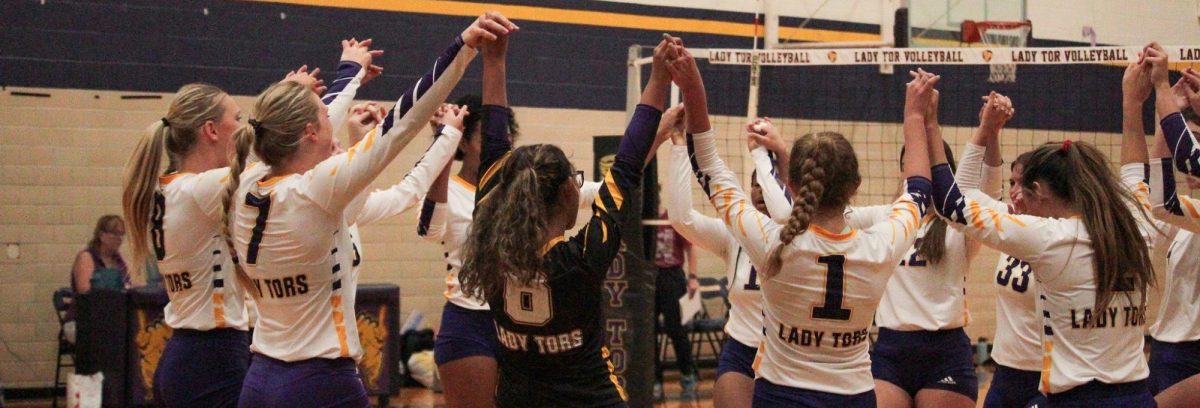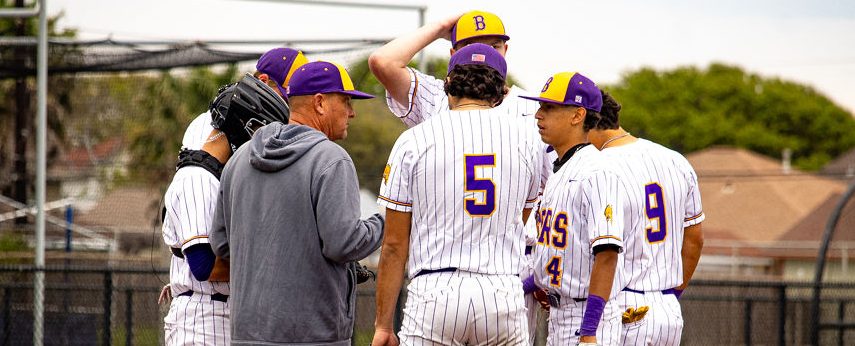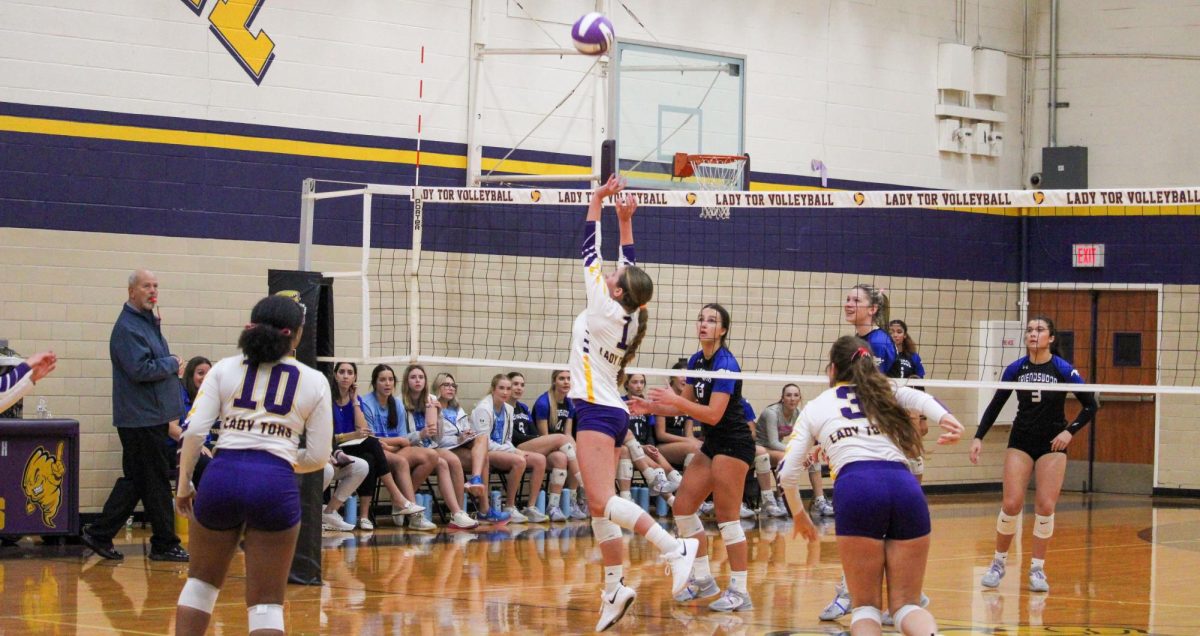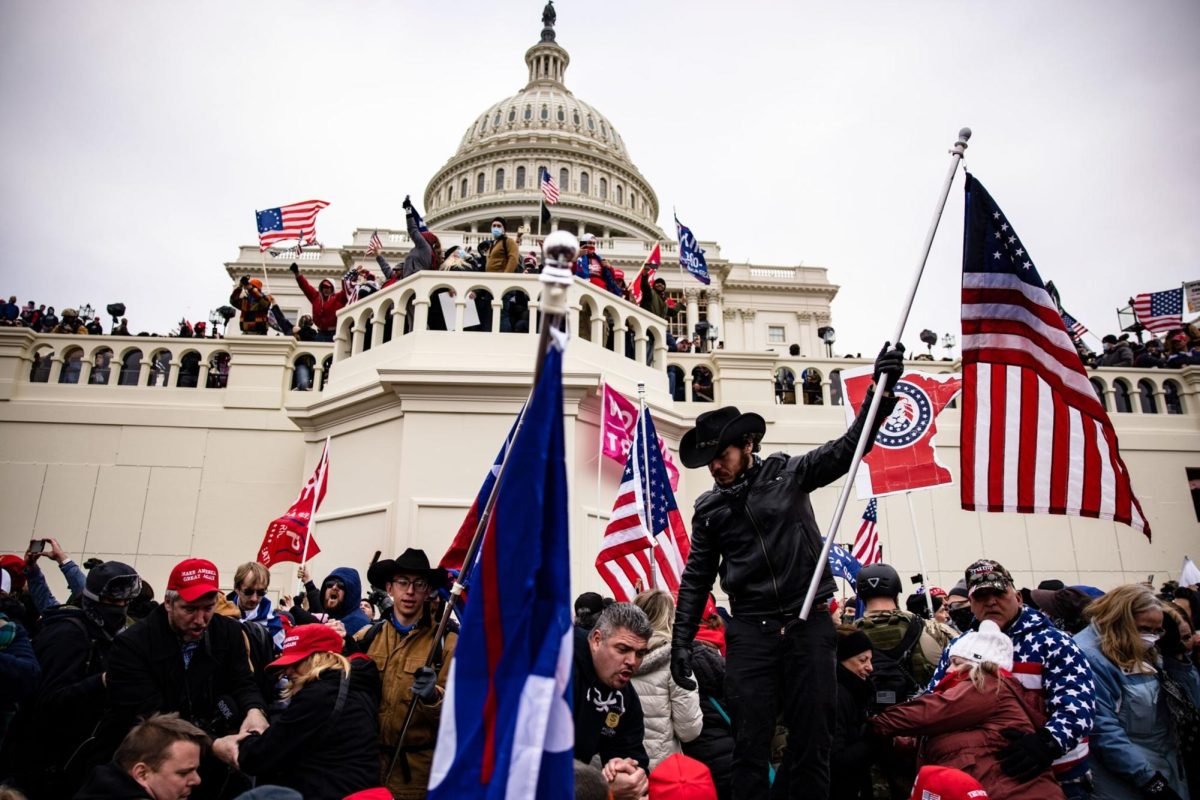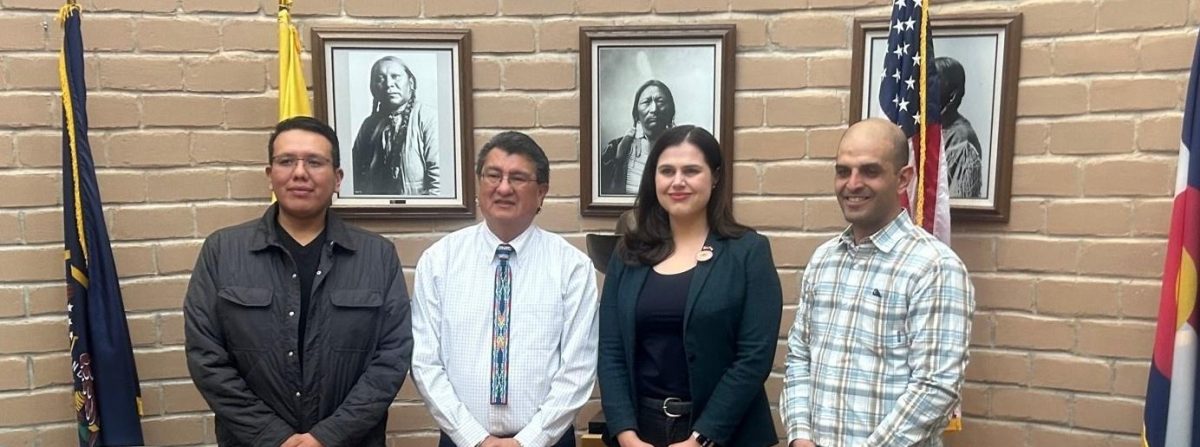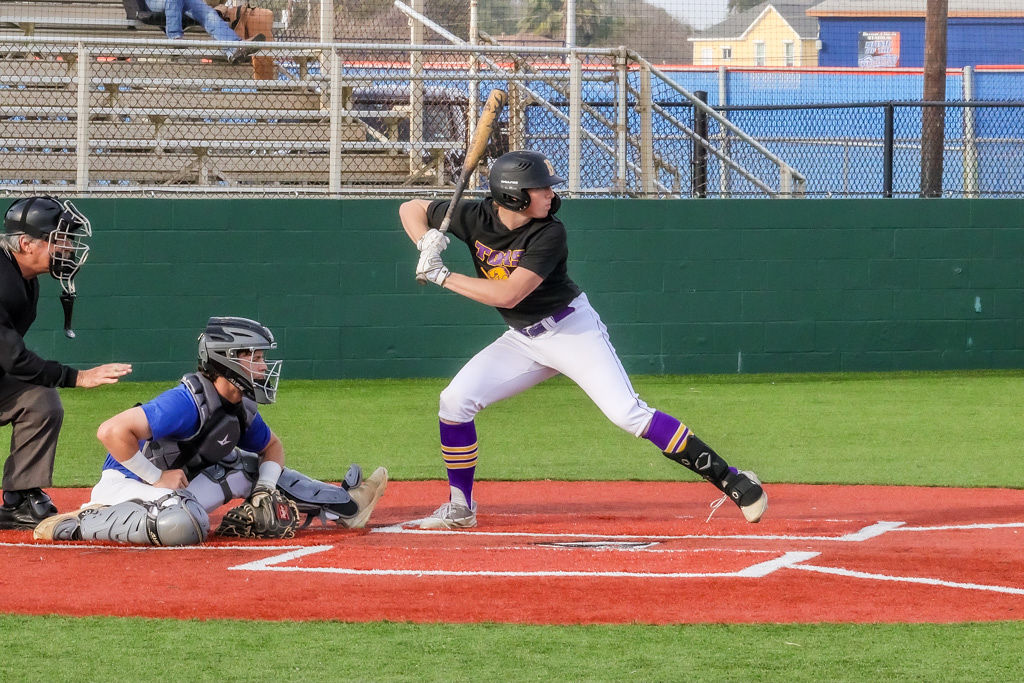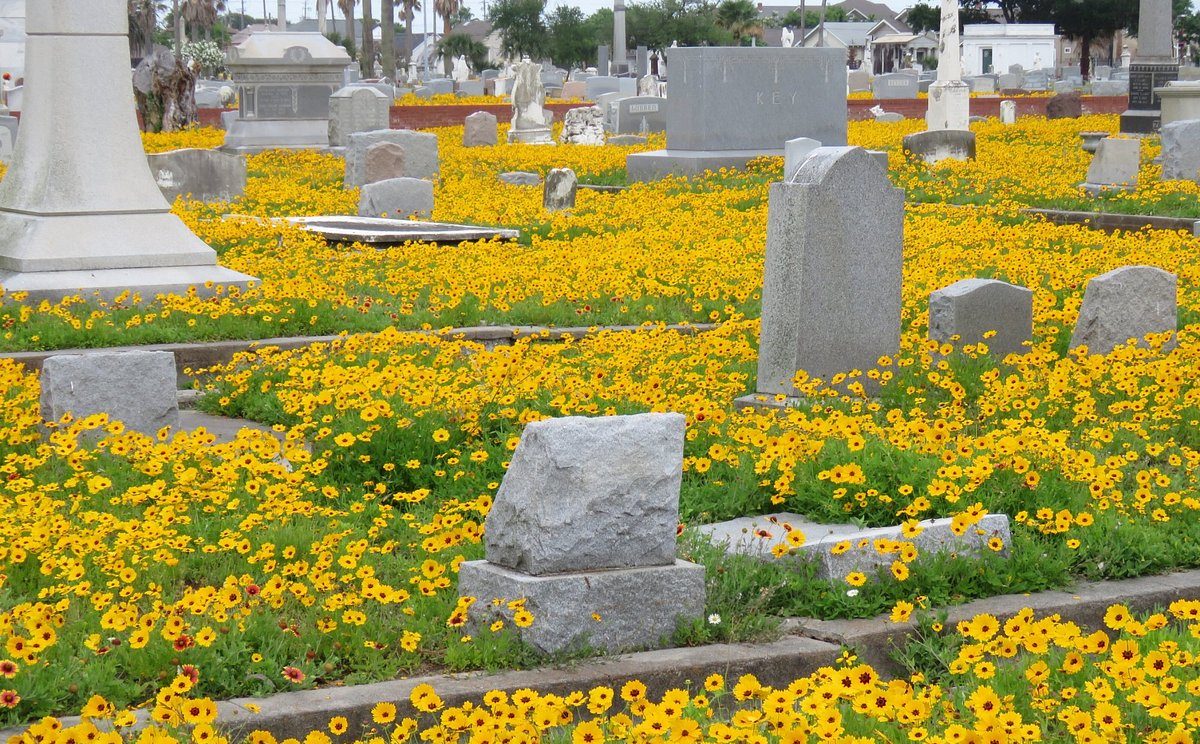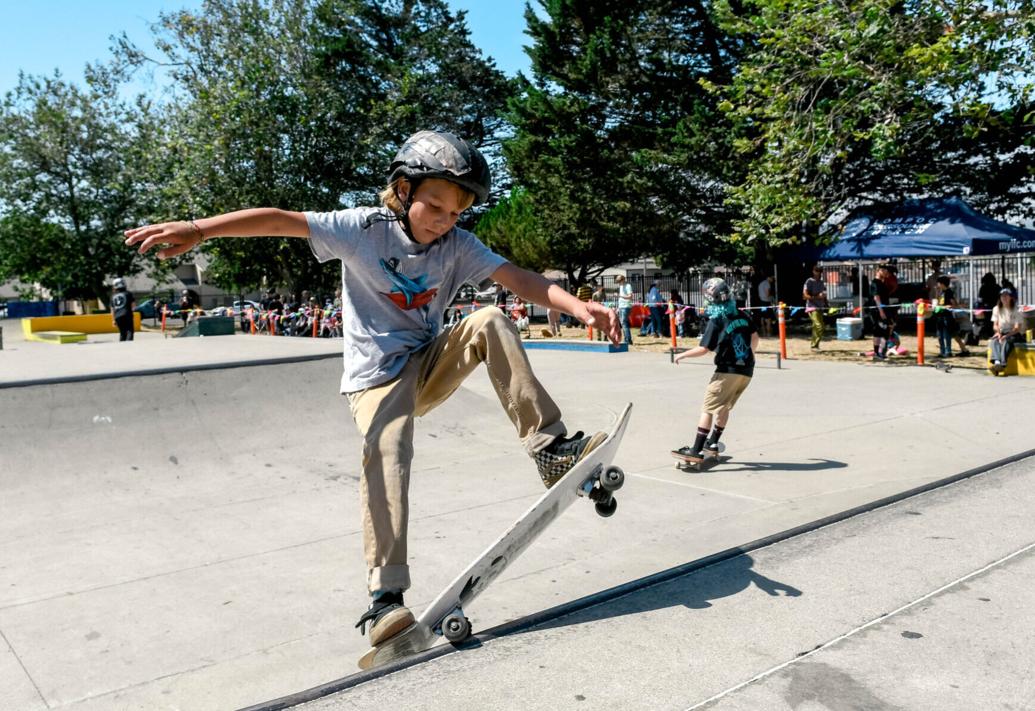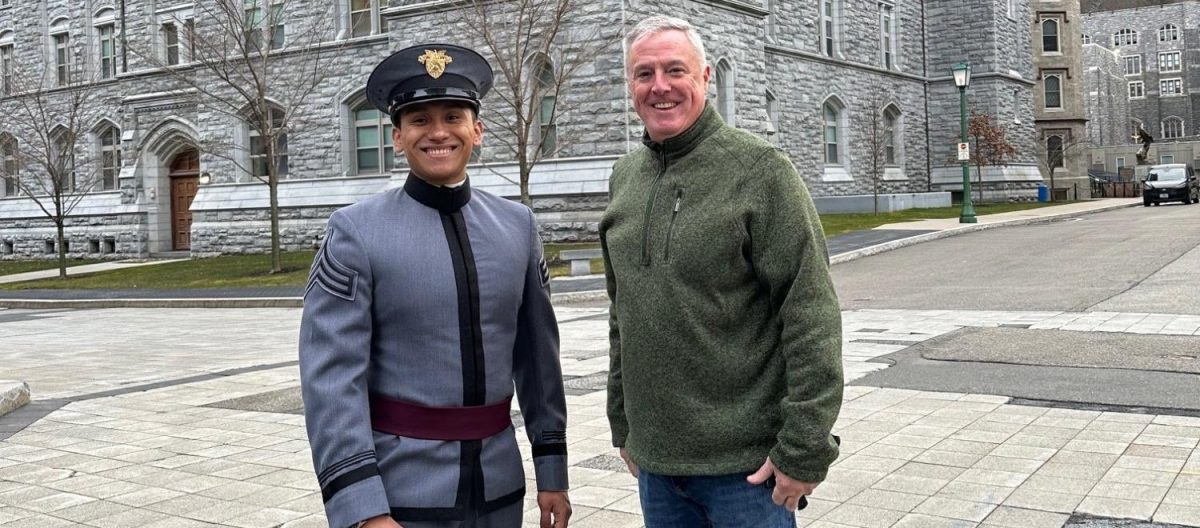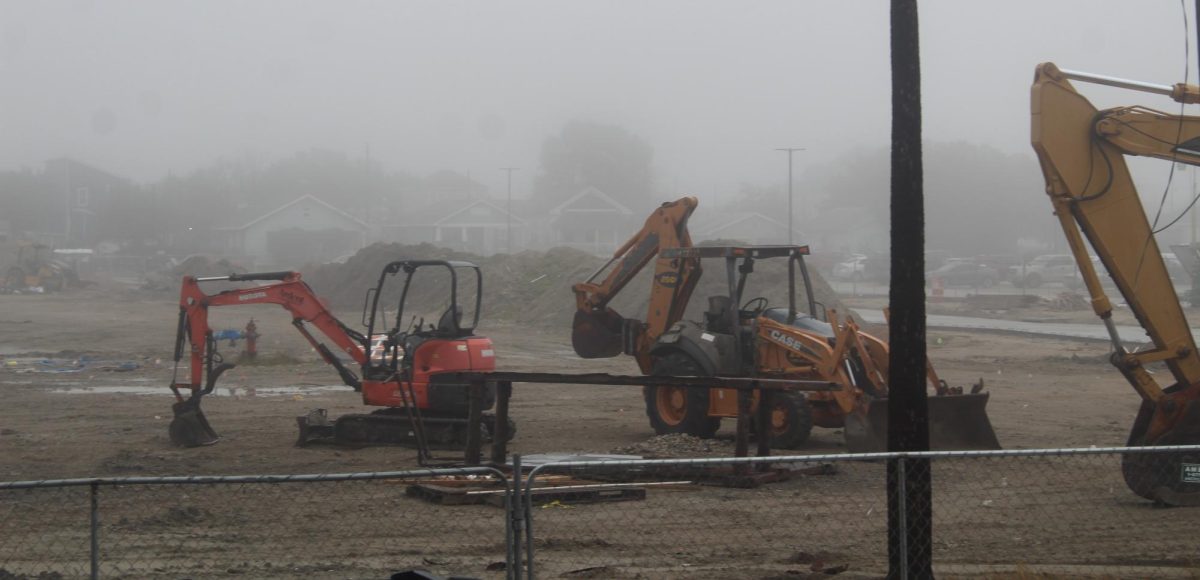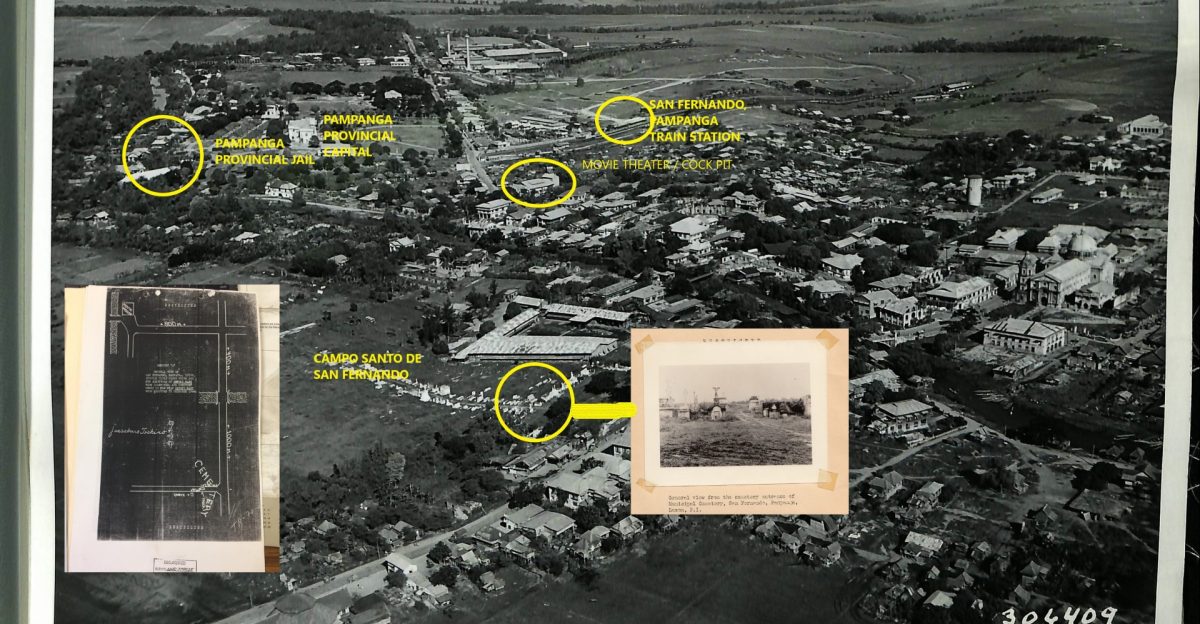When men and women are deployed for war, they have no idea when they will come back, if they ever will. George Halsey Peets, Jr., alumnus of Ball High, class of 1926, was deployed to the Philippine Islands in 1940 before the attack on Pearl Harbor. He was a reserve officer with the 31st Infantry Division. The Islands came under attack the same day as the Pearl Harbor attack.
The Japanese took advantage of the fact that the Pacific was unable to receive any help from the US Navy and launched a ground offensive mid-December in 1941. During this, Peets retreated along with the 31st Infantry, to the Bataan Peninsula. Following the fall of Bataan on April 9, 1942, the Luzon force with the 31st Infantry surrendered. This resulted in the infamous Bataan Death March around the time of April 16, 1942, at Camp O’Donnell in which Peets and his men were forced to participate.
The Japanese shut down the camp and everyone involved was moved to a larger camp at Cabanatuan. Peets stayed there from July 1942 until October 1944. The remaining POWs from this camp were removed from the PI to Japan.
Approximately 3500 prisoners left Cabanatuan to go to the Bilibid Prison in Manila around the dates of September and October 1944. The first group of people who were sent away were put on the ship the Arisan Maru, which later sunk and killed everyone but eight POWs who were aboard. This included the founder of Ball High’s JROTC unit, Major Max Clark, who died when the Arisan Maru sank on October 24th, 1944.
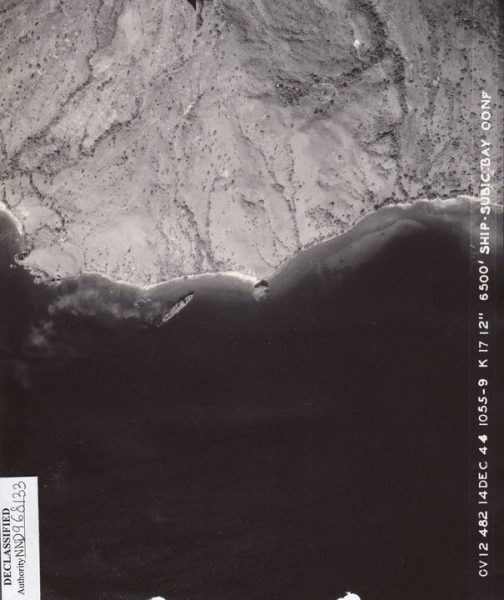
Peets was not involved in the first draft of the POWs, but in the second in mid-October instead. He was in Bilibid until December 13th, 1944. On that same day, Peets found out he was on the list of prisoners who will be sent to Japan on the Oryoku Maru vessel.
On that December day 1,621 Allied POWs marched from the Bilibid Prison to the Manila docks. They were extremely crowded and were shoved into three cargo holds. The overcrowding started to make the men panic. They began to suffocate; chaos and mayhem occurred when they set out to find a way to free themselves.
On December 14th, 1944, the vessel set sail for Japan. The Maru was spotted by fighters from the blockading American ship, who then called in airstrikes due to the vessel being unmarked. Attacks continued throughout the day and the Oryoku Maru eventually became disabled. It was beached on the mouth of the Subic Bay to prevent it from sinking and killing everyone.
On the morning of December 15th, the Oryoku was towed away into the inner Subic Bay. The vessel was abandoned early on the 15th, and the men were ordered out of the holds. The Navy came back to finish what they started, and they attacked the vessel once more, killing roughly 250 POWs. Captain George Peets was reported to be alive, but sustained injuries.
The Japanese gathered those who survived and held them in a tennis court until December 21st, 1944. The men were given very little food, water, and shelter. Fourteen men died on that court and were buried in shallow graves near the Subic Sewall. Remains were recovered from that time after the war, but identification was deemed impossible.
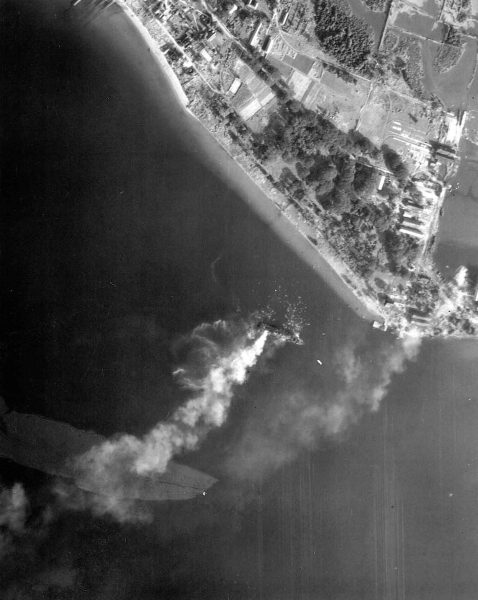
On the 21st, the Japanese transported the men to a railroad in San Fernando, Pampanga. While waiting to board the train, the men were held in the prisons and theater in Pampanga. A day later, Captain George Halsey Peets, Jr. died that afternoon in the Pampanga Provincial Jail. He was then buried at the Campo Santo De San Fernando Cemetery. After the war 18 POWs were exhumed from the cemetery, who included 12 sick/wounded prisoners who were beheaded by the Japanese on December 23rd, 1944.
George Peets remains were unable to be identified and he is said to be buried in Manila and remains listed as Missing in Action. Though in March of 2023, the Defense POW/MIA Accountability Agency exhumed 22 sets of remains at the cemetery for forensic testing. Part of the 22 included two men who died at San Fernando, Pampanga in December 1944. One of these is likely to be Captain George Peets.

